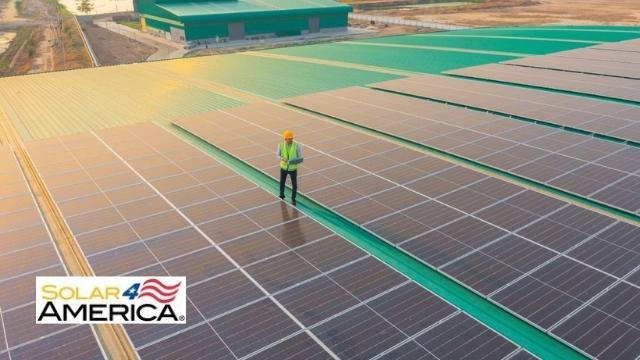If you are considering installing solar panels in your business, this article will help you make the right choice. We’ll talk about Cost per watt, the payback period, and Grant funding. You will also learn how to get started. Once you’ve decided that solar energy is the right choice for your business, you can look into installation options and the cost of commercial solar panels. Here are a few things to consider before buying commercial solar panels.
Cost Per Watt
The average cost per watt for a commercial solar panel installation can vary greatly, depending on the size of the installation and the specific energy use of a business. Knowing your specific energy consumption and estimating future electricity costs can help you determine the size of your solar array and how much power you need to generate. To figure out how much power you will generate, you can measure your current electricity usage with your current energy bills. Then, use the cost per watt rate to determine the number of panels you will need and the size of your array.
Commercial solar projects can be financed through third-party ownership. Typically, this occurs in two forms: solar leases and PPAs. In both cases, the customer and the developer are jointly responsible for maintaining the solar system over time. Third-party ownership is typically a low-risk alternative to the upfront costs of commercial solar installations. Many installers purchase panels directly from manufacturers to lower their costs. By taking advantage of these opportunities, you can lower your costs of commercial solar installation while receiving other benefits.
Installation Costs
The installation costs of commercial solar panels vary greatly depending on the size and wattage of the panels. A panel with 600 watts produces more power than one with a smaller wattage. Premium panels, on the other hand, cost more but produce more energy. A total cost of $6,000 to $18,000 can be expected for a commercial installation of 30 panels. However, the cost of the panels should be taken into consideration before committing to a particular system.
The cost of installing a solar panel system consists of a solar panel, mounting hardware, and batteries. The total installation costs may vary, and this price does not include the rest of the system, such as the inverter and batteries. In some locations, there are tax credits available to help offset the cost of solar installation. Some municipalities have additional incentives, which could further reduce the costs of the system. You should check with your local government for rebates and other programs available in your area.
Payback Period
Payback periods for commercial solar panels are determined by several variables. Among them are the cost of solar panels and installation, the interest rate on the loan, and the number of tax credits or available solar rebates. The payback period also depends on the utility costs in your region, as these tend to be higher. Once these factors are accounted for, you can calculate your payback period. Here are some general guidelines.
The federal investment tax credit allows you to write off up to 26 percent of the total cost of your solar panels. Additional state and local financial incentives may be available. How big of a system do you need? The size of your system will determine how much electricity you will offset each month. The longer your payback period is, the greater your savings. However, your initial payback period will be shorter if the solar panels are immediately operational and reduce your energy bill.












